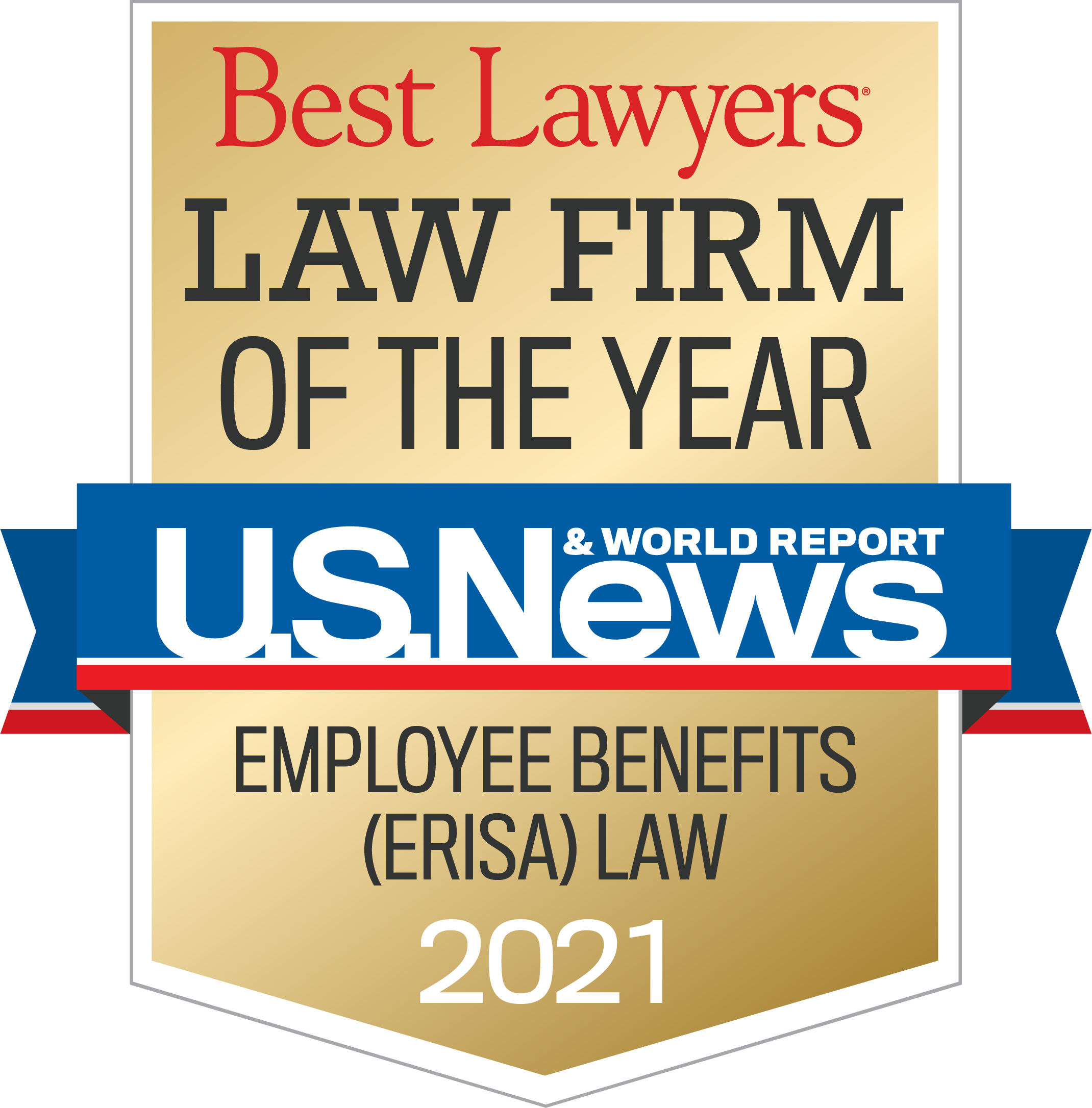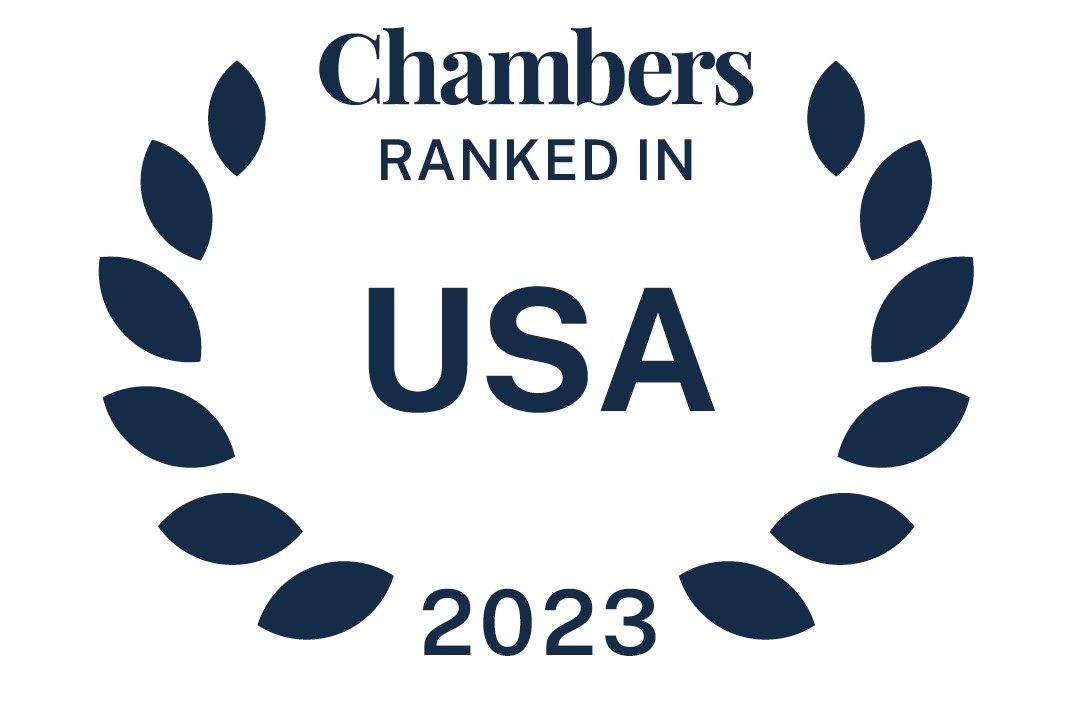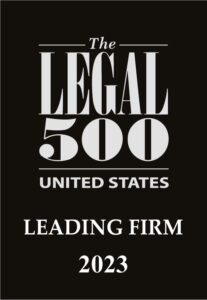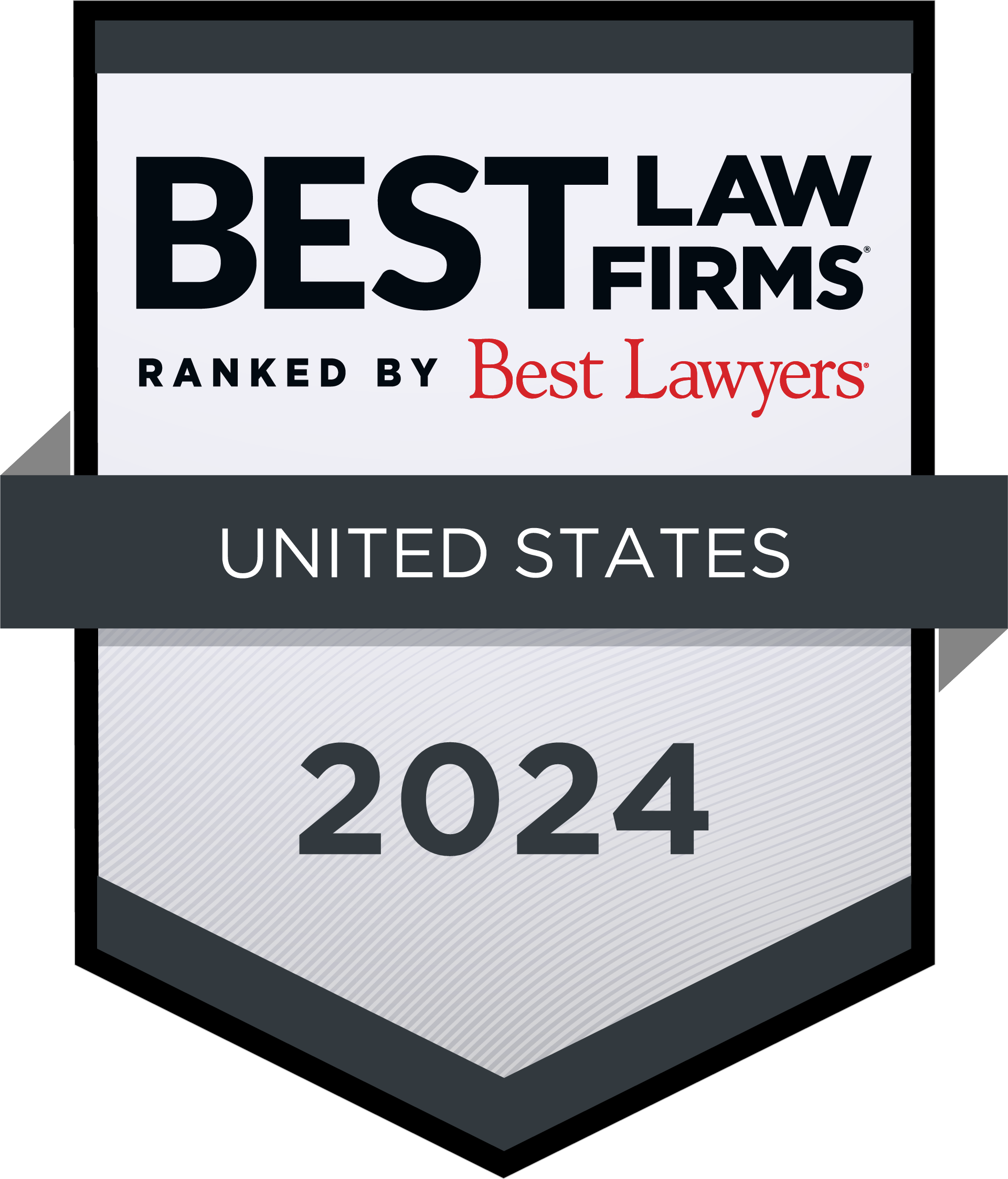The Internal Revenue Service (IRS) has announced plans to initiate dozens of new audits this spring in an attempt to ground high-flying taxpayers and their personal usage of corporate aircrafts. These audits will focus primarily on “highest risk” corporations and large partnerships, IRS Commissioner Danny Werfel stated. Werfel added that audits of high-income earners will likely follow to “ensure that high-income groups are not flying under the radar.”
read more

 Subscribe
Subscribe



